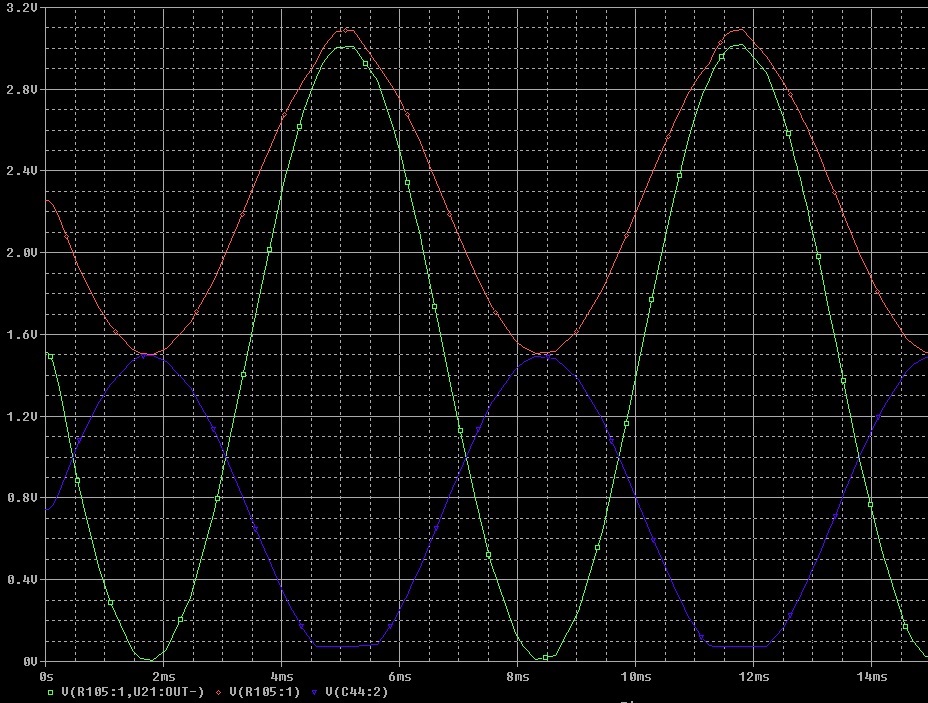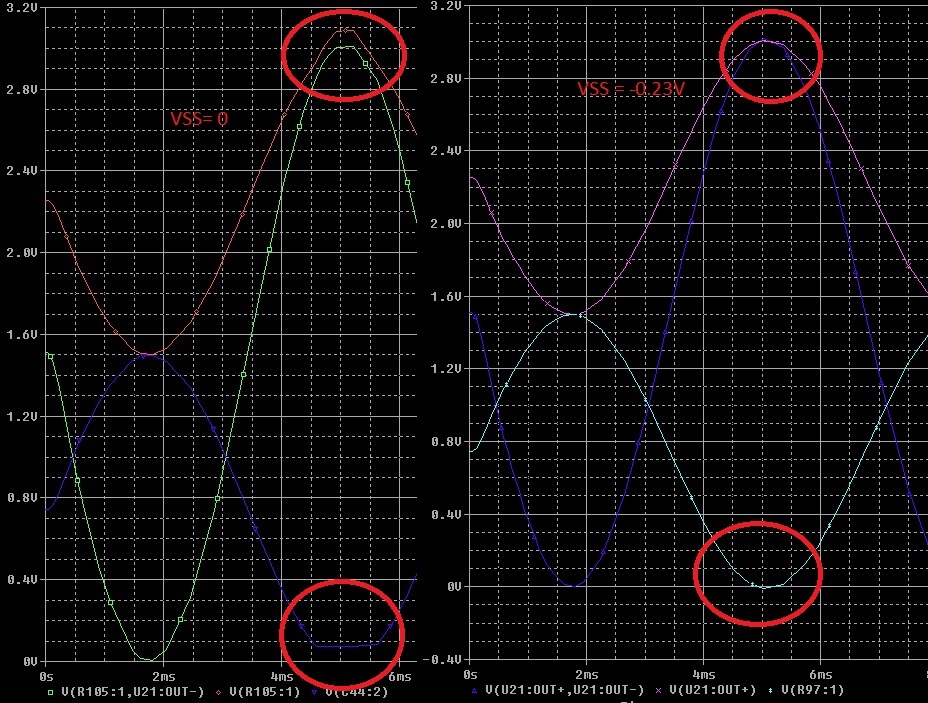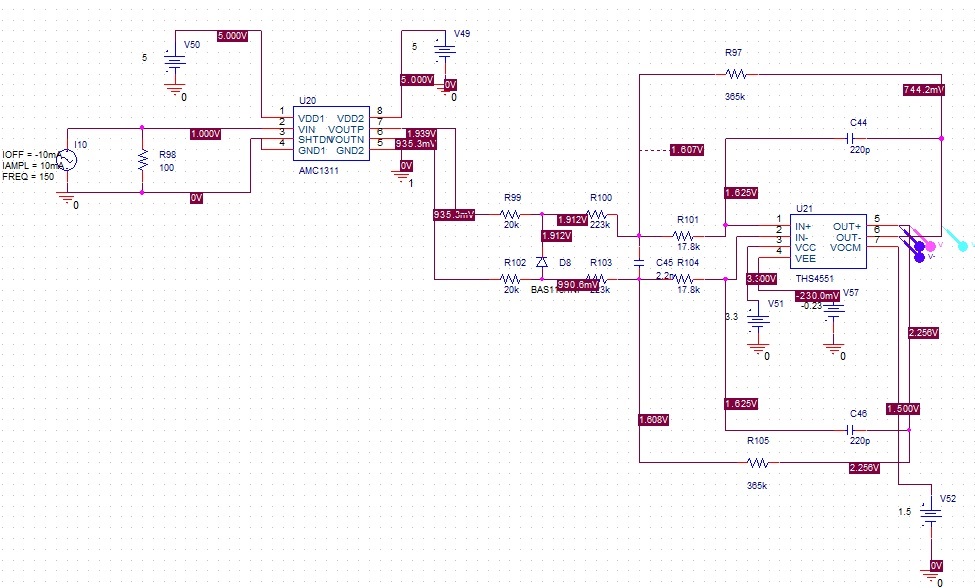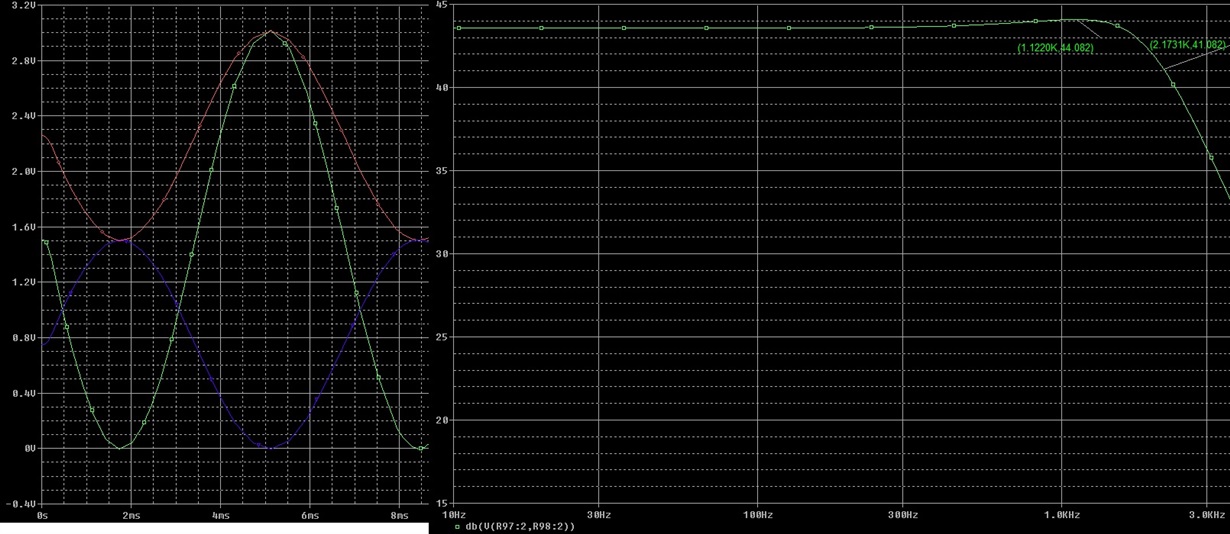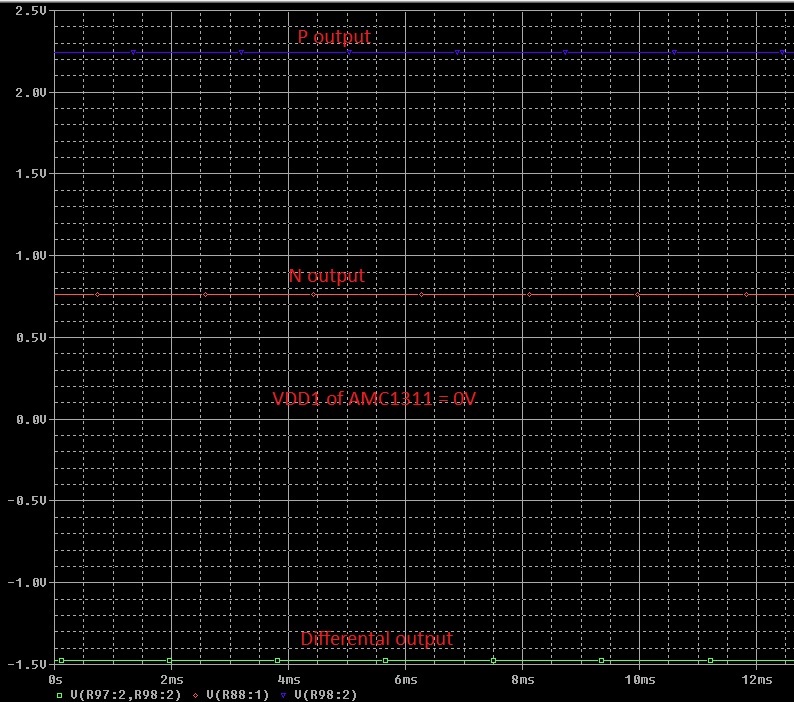Other Parts Discussed in Thread: THS4121, THS4130, THS4551, , TMS320F28379D, LM7705, THS4531A, AMC1311, THS4531
Hi
When triyng to simulate the Pspice model the folowing message appears:
What causes this? I think that all the parameters are ok. I tested the same filter topology with other OPAmps (THS4130, and THS4121) with good results.
Thanks in advance
Carlos Alonso




